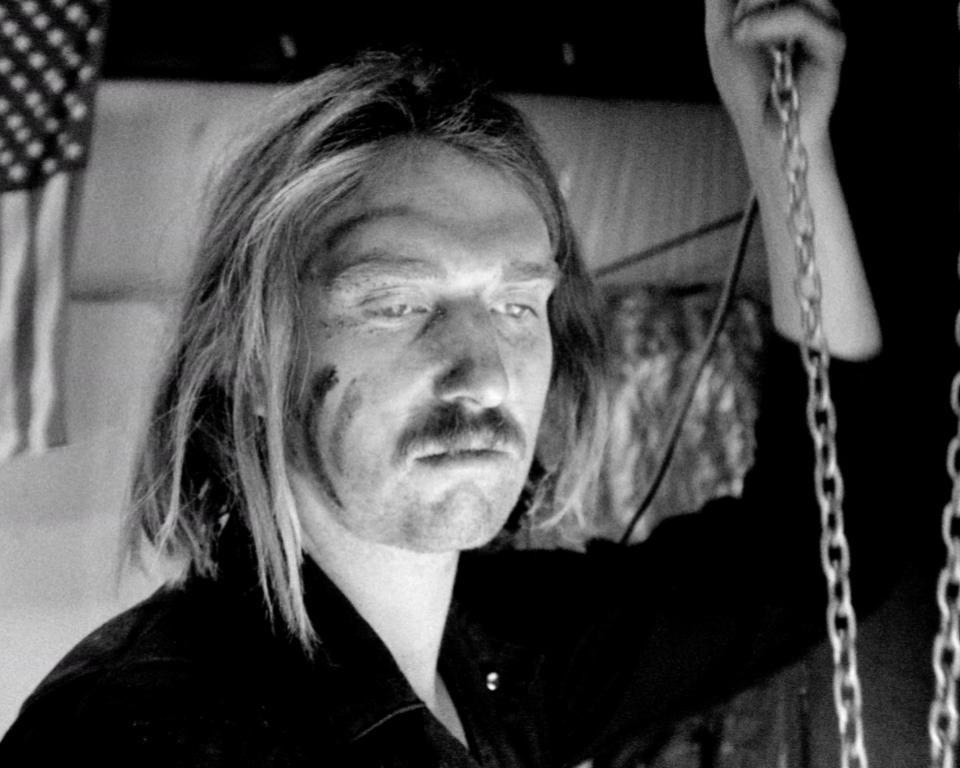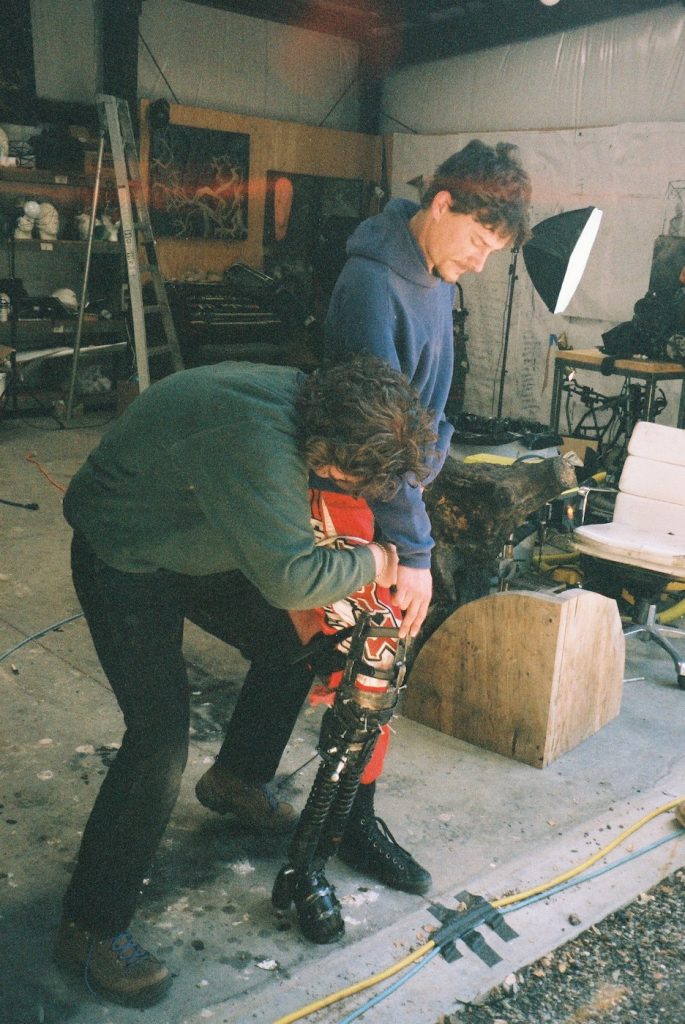‘Whiskey Throttle’: A New Short Film by MUS Alum Matthew Rollins

When a motocross racer crashes in the middle of nowhere, a mysterious man responds in haste. But who is he – A lonely doctor? A good Samaritan? A satanic mechanic? Watch Matthew Rollins’ new short film Whiskey Throttle to find out!
Q. How did this project get started?
A. I took a year off from school for COVID and came back with this second wind. I’d had a whole year to think – it just felt like time to make something. I felt the stress of graduating soon, thinking: “I have to get going while I still can!”
I sat down and wrote the screenplay in the fall, at Emerson College in Boston. But I knew it needed to be shot in Santa Barbara.
Had you done short film work before?
I had done some friends’ stuff. My major at Emerson is media production, which includes film production; I’ve just been more focused on sound in the past couple of years, but I’ve always wanted to make my own short that felt true to my personal taste in film.
What would you say Whiskey Throttle is about?
I think it’s about transformation through pain and how a painful thing can reshape the rest of your life, whether that’s in a good or bad way. It is inspired by that, but it leaves you at the end with what is designed to be more or a prompt, at least in my mind. It’s designed to be more of a “so what’s next?”
Were you able to draw on some personal inspiration to work on this project?

Yeah, definitely. In a lot of ways too. I feel life always cycles into the “it needed to happen” for transformation, for growth. The end of this movie, in reality, isn’t a good ending. It’s safe to say it isn’t a purely positive transformation, but that’s sometimes how it goes. Regardless, it has a part in shaping the rest of your life.
Tell me more about the stylistic elements of the film. What went into a process like designing the sound for this project?
My good friend Aidan O’Flaherty worked on the sound with me. We wanted to put a lot of attention into every single sound you hear. The flies, crickets – the smallest little things. We felt good about putting a lot of attention into it, and that’s the way I had always planned on doing it because there’s no sound on the film. No sound was recorded when we shot anything, it was all recreated after we shot it. We wanted to have full control over the sonic environment.
We basically treated sound recording day as its own shooting day. We got the actors to recreate little moments, the character’s breaths, his screams, more delicate things like the metallic sounds. The way we recorded the dirt bike sound was a little sketchy, but it ended up working. I got a TASCAM portable recorder, and we zip-tied it to the bike and had the stunt double do laps around the property. Obviously those conditions made for a pretty dirty recording, but during the sound design process we were able to clean it up and use the sound of the actual bike, which I cared about a lot. It’s a very unique sounding bike, really loud, really scary, so I really wanted to capture that sound.
What about the look of the project? Why did you decide to shoot on real film?
The cinematographer, Luke Rudy, and I decided to shoot it on this Bolex 16mm camera, I think it was from the ‘70s, and this thing had no viewfinder. In the moment, it was pretty much a guess as to what we were actually shooting. This worked pretty well because I had this idea of how rough I wanted it to feel, and the film really leant itself to that.
Because it’s not supposed to be taken as a realistic turn of events, I wanted that sheen, that barrier of it being in “movie world” – it’s not real. I love movies that are movies. Film, unconsciously for the viewer, helps create that sheen of “this is a film, this is on film.” If I were to shoot this whole thing on an iPhone, which might be cool for some projects, you would be able to treat it more like real life. I wanted to separate that, and I think doing the sound how we did helps create this same effect that the film does. It separates.
You’re done with the creative process, what happens now?
I have been submitting it to festivals and gotten into a couple, although still waiting to hear back from the majority of them. We actually premiered at a festival in Las Vegas where we won best horror short, which was nice. At this point it’s just about trying to get as many people who would like to see it to see it and using the whole thing as a learning experience to level up in the future.
Is there anything else you want people to know about Whiskey Throttle?
It’s an homage to a subculture of this Santa Barbara area, it’s a love letter to the ranch we shot it on, but mostly it’s a love letter to Santa Barbara.
Visit the Whiskey Throttle website at whiskeythrottle.online to watch the film!







You must be logged in to post a comment.